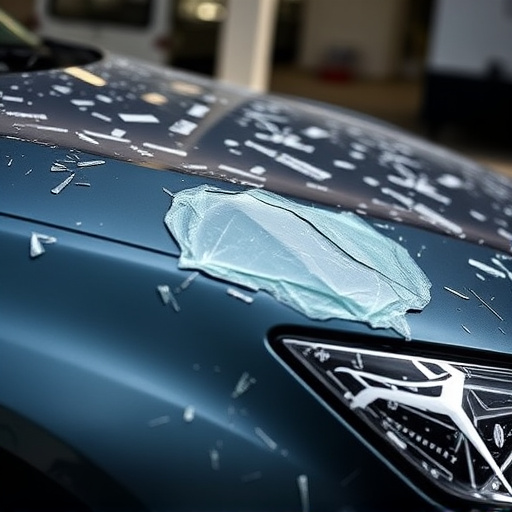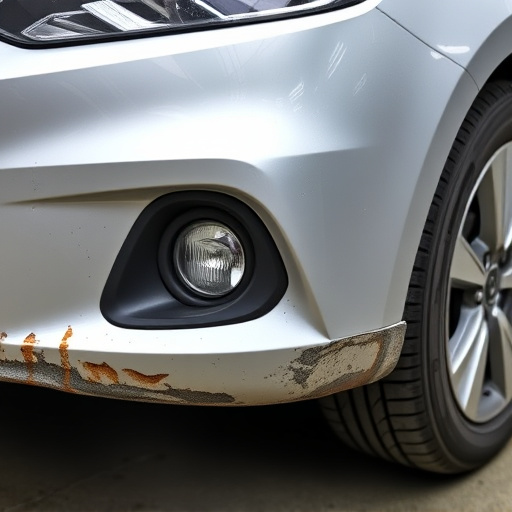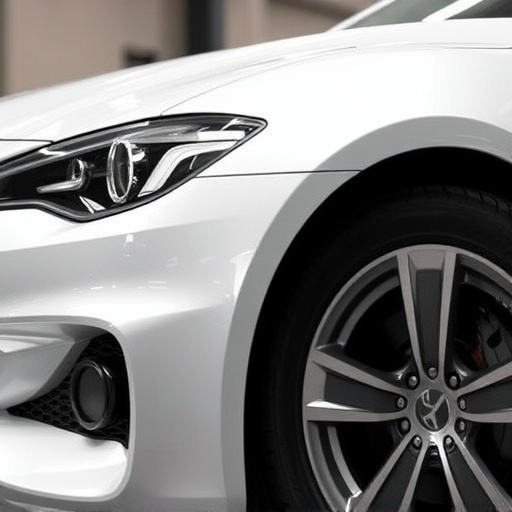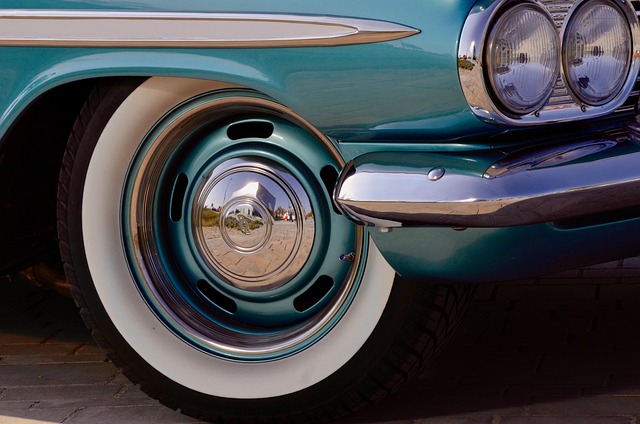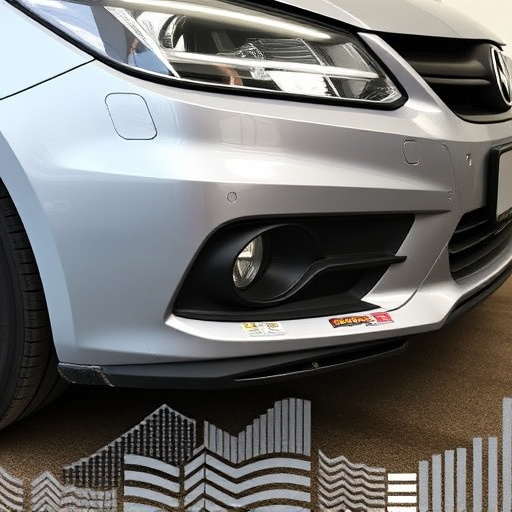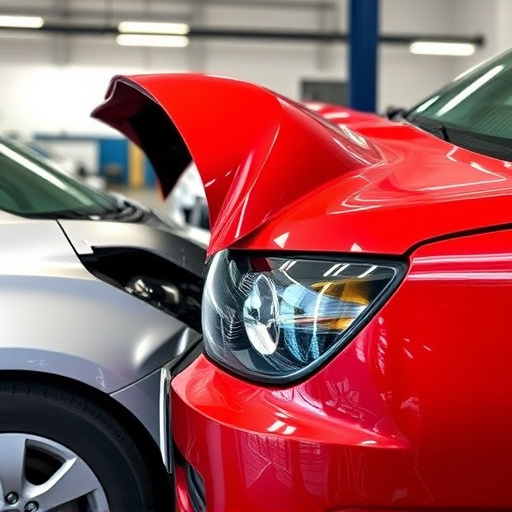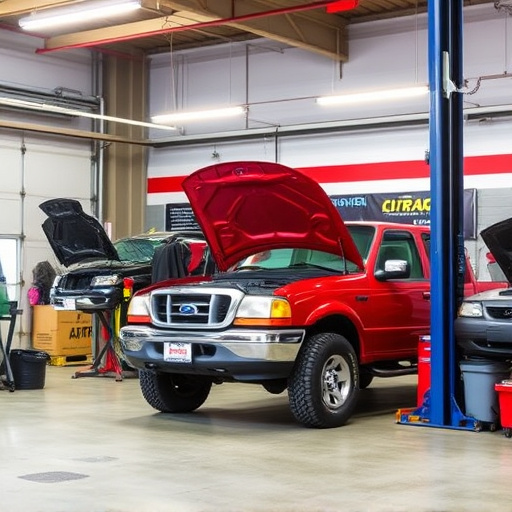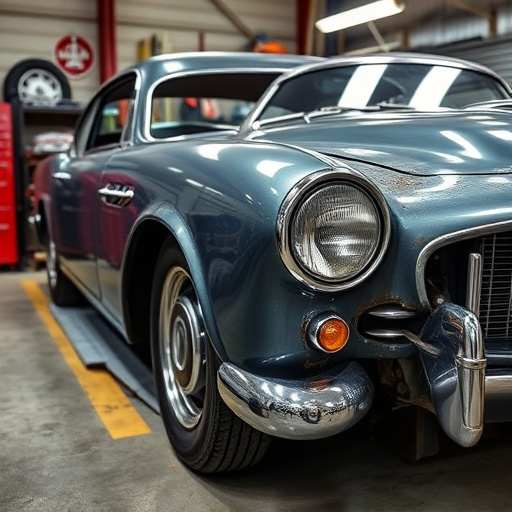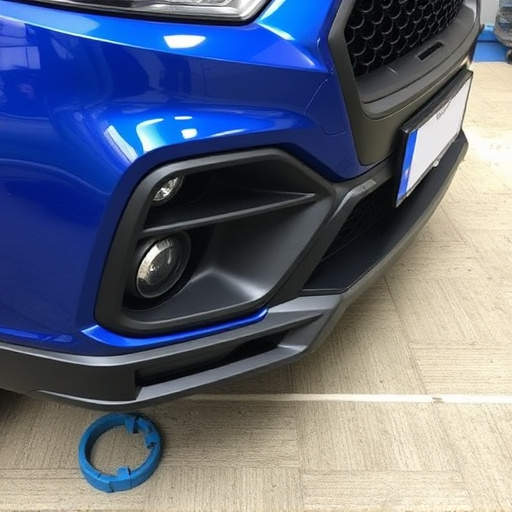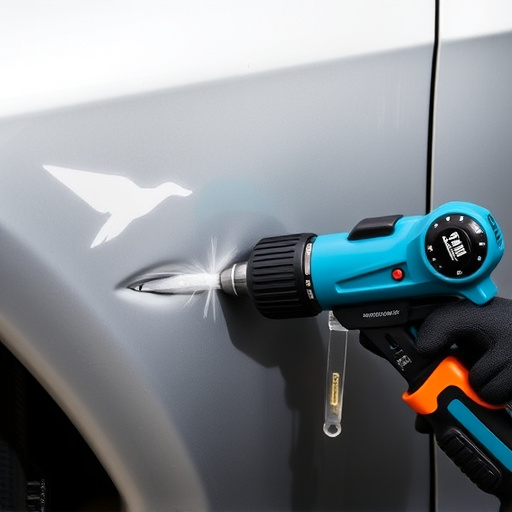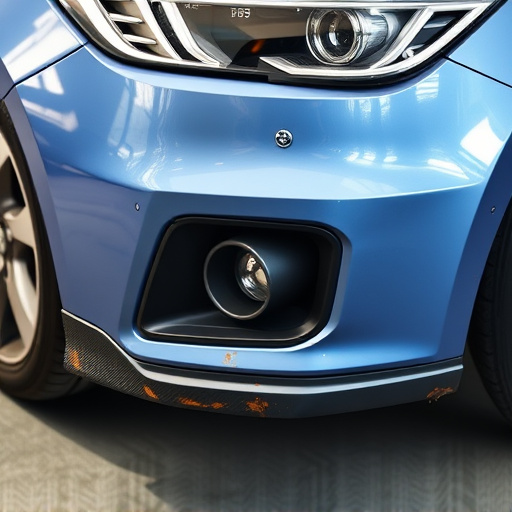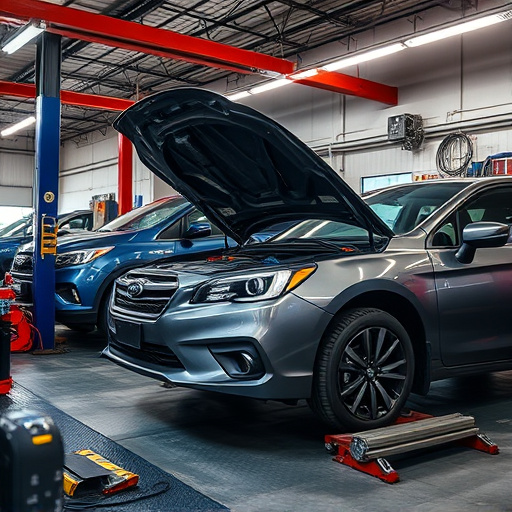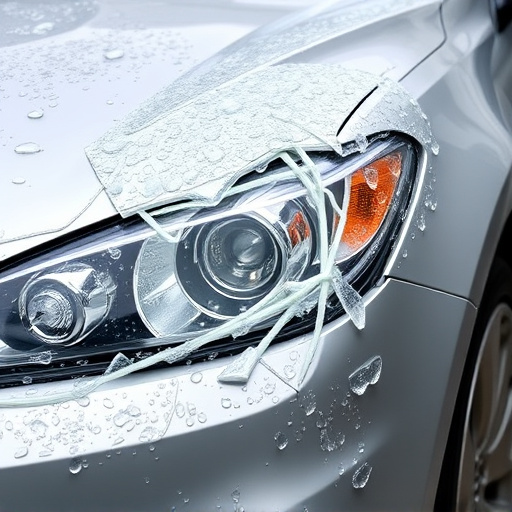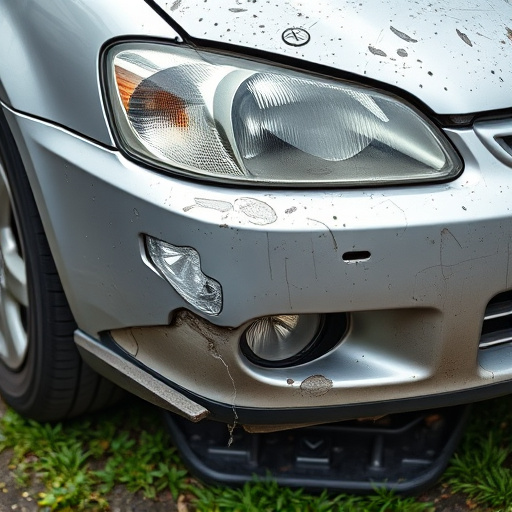Advanced safety features in modern vehicles have revolutionized crash worthiness restoration techniques. Technologies like CAD, 3D printing, and materials science advancements enable precise, efficient repairs that maintain structural integrity and enhance safety standards. Future crash worthiness restoration will continue to evolve with developments in vehicle technology, ensuring faster, safer, and more reliable repair services.
Advanced vehicles are transforming crash worthiness restoration techniques, pushing the industry towards safer and more effective repairs. As automotive technology evolves, so too do methods for achieving optimal safety and structural integrity during crash restoration. This article explores these developments, focusing on how modern techniques leverage advanced materials, precision manufacturing, and computer-aided design to enhance crash worthiness. We also delve into the future of crash restoration, examining emerging vehicle innovations that will continue to shape this critical field.
- Advanced Vehicles: Shaping Crash Restoration
- Modern Techniques: Enhancing Safety Restorations
- Future of Crash Worthiness: Vehicle Innovation
Advanced Vehicles: Shaping Crash Restoration

Advanced Vehicles: Shaping Crash Restoration
The advent of advanced vehicles has significantly influenced crash worthiness restoration techniques. Modern cars are now equipped with sophisticated safety features, such as crumple zones, airbags, and collision-sensing systems, which not only protect occupants during accidents but also alter the way damage is assessed and repaired. These innovations demand a nuanced approach to crash restoration, requiring car repair shops to stay updated with the latest advancements in auto body services.
Frame straightening has become a critical aspect of crash worthiness restoration, as it ensures that the vehicle’s structural integrity remains intact after an accident. With advanced diagnostics and computer-aided design (CAD) technology, auto body services can now perform precise frame straightening, preserving the original dimensions and ensuring optimal performance and safety following restoration. This shift towards precision repair methods has elevated the standards of crash worthiness restoration, making roads safer for everyone.
Modern Techniques: Enhancing Safety Restorations

In today’s automotive landscape, advanced vehicles equipped with sophisticated safety features have significantly influenced crash worthiness restoration techniques. Modern crash worthiness restoration goes beyond mere fixings; it involves integrating cutting-edge technologies and precise procedures to ensure vehicle structural integrity while enhancing passenger safety. Techniques such as computer-aided design (CAD) and 3D printing allow for highly accurate repairs, matching the original manufacturing standards precisely. This precision is crucial in maintaining the overall safety and performance of the vehicle following a collision.
Additionally, advancements in materials science have led to the development of stronger, lighter, and more flexible components, which play a pivotal role in improving crash worthiness. For instance, advanced composites and high-strength steels absorb and distribute impact energy more efficiently than traditional materials, reducing the risk of structural failure during a collision. Moreover, innovative repair methods like automated body structure (ABS) systems and laser welding techniques enable faster, cleaner, and more reliable car collision repairs, thereby minimizing the need for extensive car paint services or car scratch repair processes. These modern techniques not only restore vehicles to their pre-accident condition but also ensure they meet contemporary safety standards.
Future of Crash Worthiness: Vehicle Innovation

The future of crash worthiness restoration is closely tied to advancements in vehicle technology and design. As cars become increasingly innovative, with features like advanced safety systems, autonomous driving capabilities, and lightweight materials, so too will the techniques used to restore them after a collision. Vehicle innovation plays a pivotal role in enhancing overall crash worthiness, ensuring that restored vehicles not only meet but exceed safety standards.
For instance, modern car repair shops are now equipped to handle complex vehicle structures with precision and accuracy, utilizing state-of-the-art equipment and highly skilled technicians. This level of expertise allows for more effective repair services, restoring not just the physical aspects but also the structural integrity of a vehicle following a collision. With each technological stride, the potential for faster, safer, and more efficient crash worthiness restoration in car repair services becomes increasingly apparent.
Advanced vehicle technology is revolutionizing crashworthiness, prompting a corresponding evolution in restoration techniques. Modern approaches focus on enhancing safety and achieving precise, original-like results using innovative tools and methods. As vehicle designs continue to advance, so too will restoration practices, ensuring safer, more efficient crash worthiness restoration for all road users.
